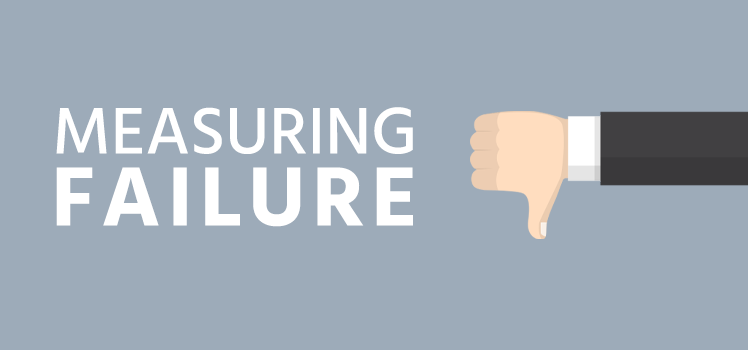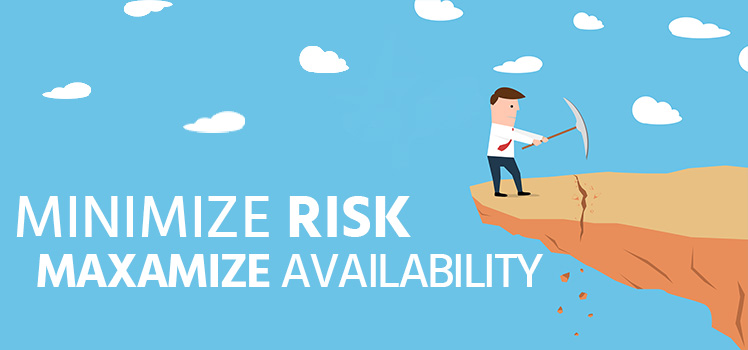The True Costs of Downtime for IT
Downtime is a dirty word in the IT business. Unplanned outages are unacceptable and should not be tolerated. In a universe where customers expect services to be available 99.999% of the time, any time your IT service offering is down is costly to your business. And the true cost of downtime may be more than you realize.
Reputation
Call it branding, business identity — or call it what you will. Downtime can have a significant negative effect on the way people perceive your business. That goes for large businesses as well as small ones.
Take a recent computer outage at British Airways. Willem Marx deals with the issue in his commentary on CNBC, “BA computer chaos threatens the brand of the world’s favorite airline”. He points out that BA’s reduction in the headcount of IT personnel may have contributed to the problem. According to Marx, British Airline has “lost a lot of fans and goodwill” due to the outage.
That can happen to any business that is not careful to control IT failures. A small business may decide to cut corners with their IT services, but the risks to reputation increase. The direct financial loss may be small, but any loss of credibility with the client can lead to a company’s downfall.
Productivity
Depending on how the costs of downtime are calculated, the loss of productivity may not be fully considered. If people are standing around drinking coffee because an IT service is unavailable, that’s a loss of man-hours. It may seem that loss of direct revenue would be the biggest part of downtime costs. But an article from Networking Computing quotes one study that says that lost productivity accounts for 78% of the costs related to outages.
Anyone with any work experience at all can vouch for what happens when the “system” goes down. One colleague says, “I can’t do anything.” People are forced to look for something else to do to make themselves busy. Workers whose tasks are dependent on IT services grow frustrated.
Whatever “flow” the work force finds for themselves gets interrupted during an outage. Even when the system comes back online, it may be some time until workers are able to get their rhythm and stride back. The productivity issue could extend to other vendors, partners, or users.
Liability
Even if the IT service your company provides quickly returns to service, you could still have legal or financial liability. If the failure means a breach of the Service Level Agreement, there could be penalties. If someone feels that the service failure has caused them personal damage, it could result in a lawsuit. Offended companies could do the same.
There are plenty of stories about companies that have gone out of business fighting litigation. This underscores the need for sufficient liability insurance to prepare for any potential outcome. It’s also another reason to avoid downtime.
Customer Base
Downtime can cost you customers. This is worth mentioning even if it’s related to damage to the brand that we discussed earlier. Potential clients who might have been on the fence in deciding to go with your company could be turned off by an outage known to the public. Those with contracts up for renewal may decide against it.
This loss of revenue is in addition to that lost during the actual time of the outage. Of course, we’re speaking in general terms, and how money is generated depends on the setup of the IT service. But a significant unplanned outage could cause both current and potential clients to look for services elsewhere. Don’t be surprised if people jump ship when things get bad.
Recovery
The costs of downtime also include the time and money it takes to fix issues and return the system to normal operation. One British mobile phone provider lost significant data when an engineer failed to do a backup prior to swapping a card. The result was a significant loss of income from customers who had no service. But there’s more. Additional staffing and overtime were required to restore the data.
With any unplanned outages, there may be hidden costs that arise. Then there’s the story of the field engineer who (for some reason) had to hire a taxi to help him pick up the replacement part and get to the site. He covered a lot of miles in the taxi to resolve the emergency issue. His supervisor authorized the cost, which ended up being outrageously high.
Conclusion
A business might calculate the costs of downtime in different ways. Any consideration of downtime should include more than immediate financial costs. What is the effect on your brand? How will a significant unplanned outage affect your business going forward? These issues are not just for big companies. Even the smallest of business can turn people away if the service they provide goes down.
Users don’t like downtime, and it could cost you more than you realized. Minimizing downtime should be a major priority of any IT service provider.
 What is an Application Delivery Network?
What is an Application Delivery Network?  Global Server Load Balancing (GSLB)
Global Server Load Balancing (GSLB)  Measuring Failure
Measuring Failure 


